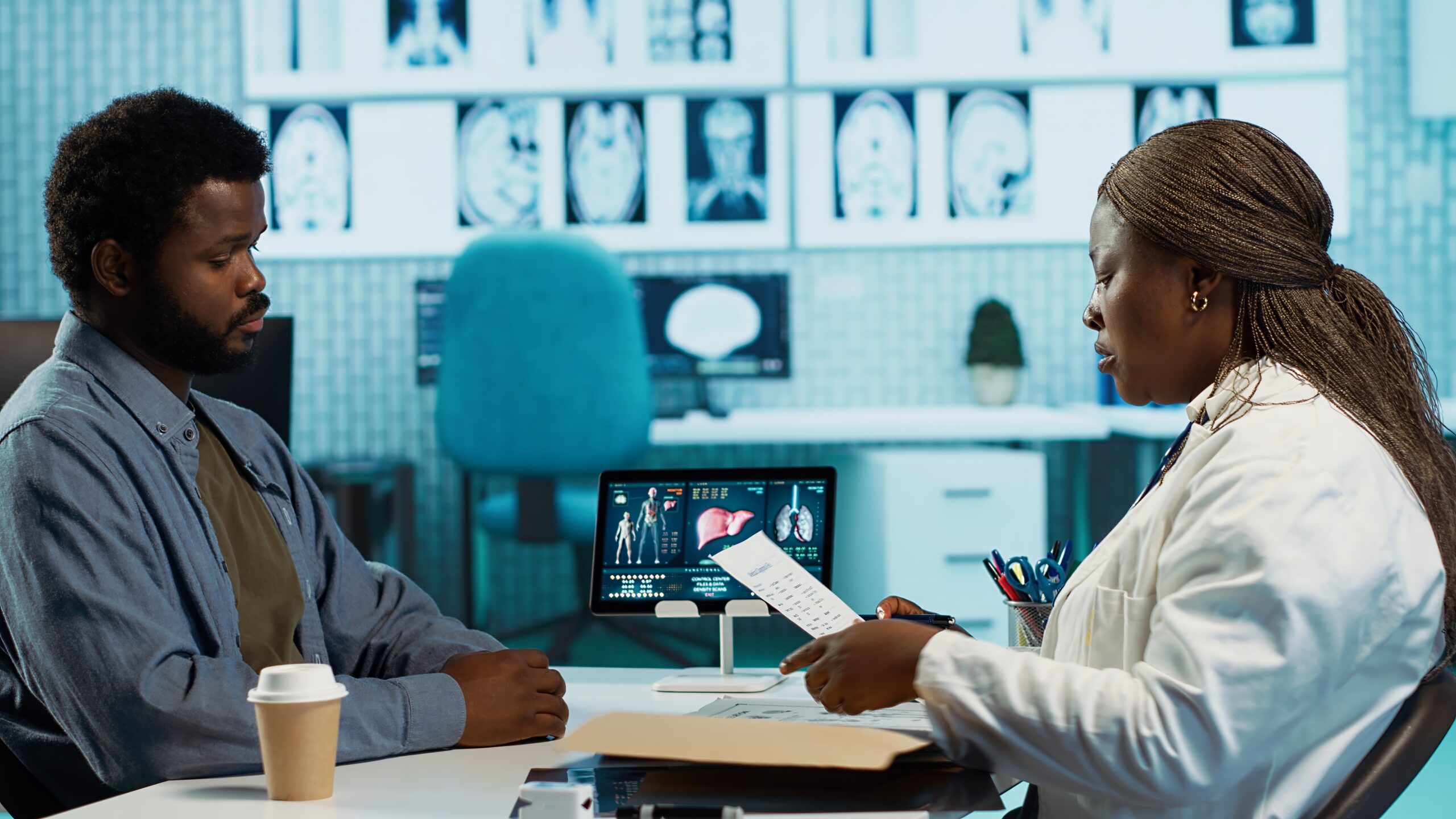A New Role for Radiology: Communicating Clearly
When I started my medical career, radiology reports were written almost exclusively for referring physicians. The language was technical, the structure was rigid, and there was little thought given to whether a patient could understand it—because, frankly, the patient was never expected to read it. But times have changed.
Patients today are more involved in their own care than ever before. They have access to their health records through patient portals, and they’re often reading their imaging reports before they even hear from their doctor. This shift has made something very clear: we have to change how we communicate.
At The Radiology Group, we’ve made it a priority to improve not just the accuracy of our radiology reports, but their clarity. We’re using technology to help us do that, and it’s making a real difference—not just in patient understanding, but in the entire care experience.
The Problem With Traditional Reports
Let’s be honest—radiology reports weren’t designed with patients in mind. They’re full of terms like “hypodense lesion” and “enhancement pattern” that make perfect sense to a radiologist, but can sound alarming or confusing to someone without medical training. Even for physicians, inconsistent formatting or vague impressions can lead to miscommunication or delays in care.
When a patient sees a line in a report that says “cannot exclude malignancy,” it can be terrifying. But sometimes that phrase just means “we’re being cautious and want more imaging.” The words we choose matter. They carry weight—especially when people are scared, sick, or waiting for answers.
That’s why it’s so important to rethink how we write and share radiology reports. It’s not about dumbing anything down—it’s about communicating in a way that respects both the science and the person reading it.
How Technology Is Helping
We’re now using structured reporting and natural language generation tools to standardize how findings are described and presented. These systems help us make reports more readable without sacrificing clinical accuracy. Instead of a long block of free text, a modern report might be organized into clear sections: what was scanned, what was seen, what it means, and what to do next.
We’re also using platforms that generate patient-friendly summaries. These summaries don’t replace the full report, but they help bridge the gap for patients who want to understand what’s going on without needing a medical degree. They might explain what a finding is, whether it’s common, and whether follow-up is needed. It’s about giving people just enough information to be informed—without overwhelming them.
Some tools even include visual aids, like annotated images or diagrams, to help patients see what we’re talking about. That kind of transparency goes a long way in building trust.
Why This Matters to Me
I’ve always believed that the best care happens when patients feel empowered and informed. As a radiologist, I may not always meet the patient face-to-face—but my work still plays a huge role in their journey. The words I choose, the clarity of my report, and the recommendations I make all shape the next steps.
That’s why improving how we communicate isn’t just a technical upgrade—it’s an ethical responsibility. When a patient understands their report, they’re less anxious, more engaged, and better prepared to have meaningful conversations with their care team. That leads to better outcomes.
I’ve also seen firsthand how clearer reports make life easier for referring physicians. When we write with intention and clarity, it reduces phone calls, confusion, and delays. It makes collaboration smoother. And ultimately, it makes us all better at what we do.
The Human Side of Innovation
In healthcare, we talk a lot about innovation. AI, cloud systems, predictive analytics—all of it is exciting. But to me, the most meaningful innovation is anything that brings us closer to the people we’re trying to help. Making radiology reports more understandable may not sound as flashy as a new AI algorithm—but it has a huge impact.
At The Radiology Group, we’re constantly looking for ways to blend the best of technology with the best of human care. Whether it’s using smart tools to write clearer reports or training our radiologists to think about communication differently, we’re always pushing to improve the experience on both sides of the screen.
What’s Next
I believe we’re only at the beginning. Soon, I expect patients will have access to fully interactive reports—where they can click on a finding, see what it means, watch a short explanation, and even connect directly with a radiologist for follow-up questions. We’ll see deeper integration with electronic medical records and real-time clinical decision support that’s just as helpful to patients as it is to doctors.
And all of this will lead to a new kind of radiology—one that’s more visible, more collaborative, and more patient-centered.
At the end of the day, radiology isn’t just about images—it’s about information. And information only becomes meaningful when it’s shared in a way people can understand.
That’s the direction we’re moving in. As a radiologist, a CEO, and someone who deeply values the human side of medicine, I’m proud to be part of that change.
